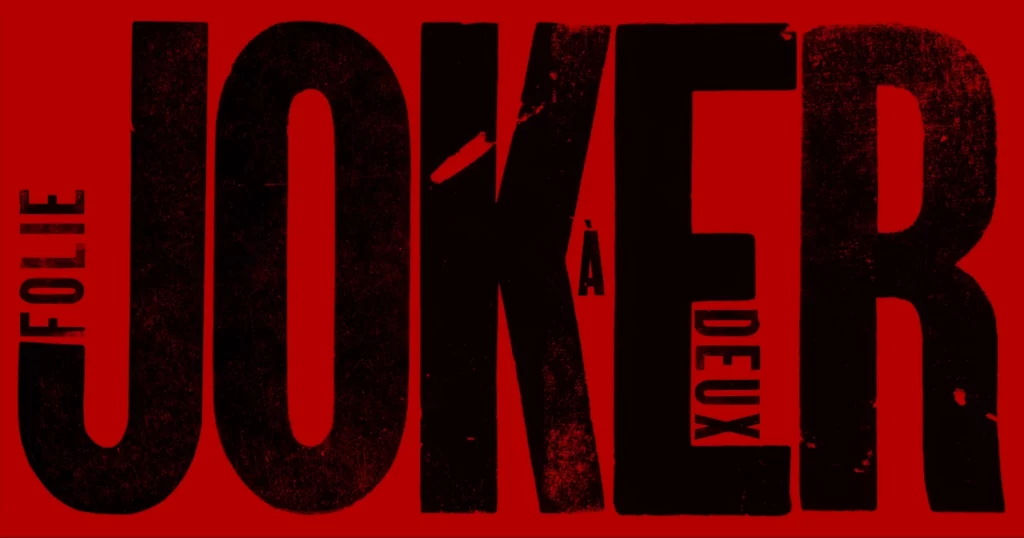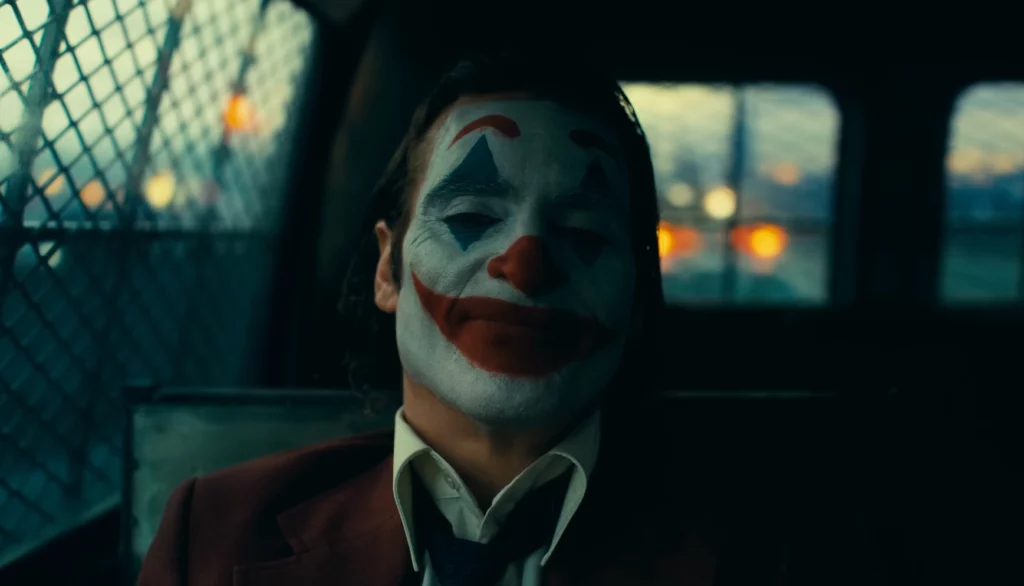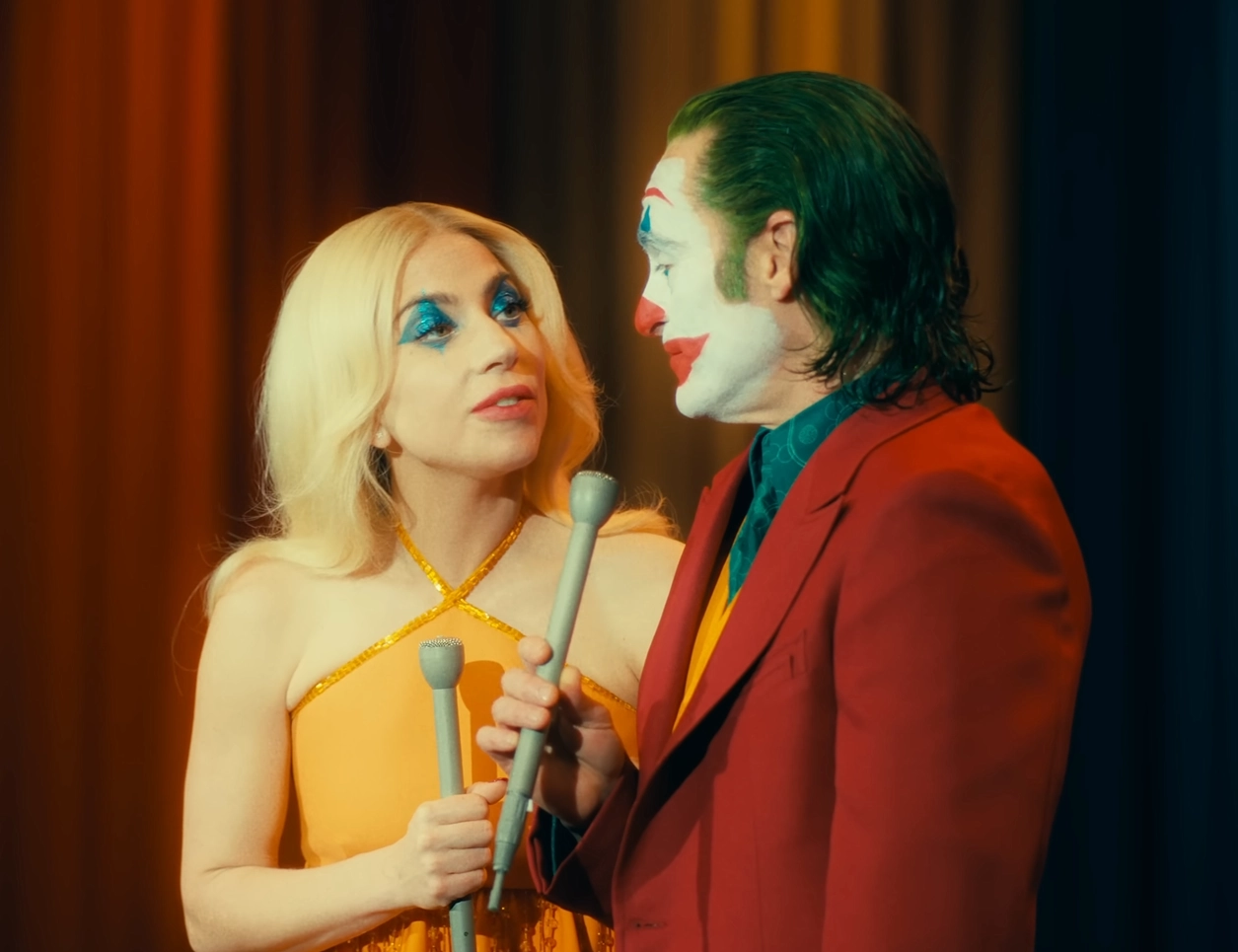If you were one of the fans who “got” the first Joker film, this sequel is like a satisfying (but chilling) reward. It pulls no punches. And yet, it manages to offend precisely those who idolized Arthur Fleck as a revolutionary symbol. Let’s be clear: Fleck is no hero, and the sequel makes sure to hammer that point home. While the first movie stirred up debates about mental health and societal neglect, Joker 2 digs deeper into the consequences of glorifying a deeply troubled figure.
The Shadow That Swallows Fleck Whole
Arthur Fleck, a man on the fringes of society, barely grasped control over his descent into madness in the first film. In this sequel, the shadow of the Joker—the persona Fleck embraced—grows too large, consuming him completely. The film starts with an animated sequence (yes, animated—a bold choice) that cleverly hints at the central theme: who is Arthur now? Is he even Arthur anymore?
Throughout the film, we watch Fleck become less of a man and more of an idea. The movie even plays with this by incorporating the song “We Three (My Echo, My Shadow, and Me)”, emphasizing this split. Who is Arthur really? Is he the shadow, the darker force that drives chaos and violence? Is he the echo, the ripples of his past actions that now affect everyone around him? Or is he simply the forgotten man, lost and broken, slipping through the cracks of a society that never cared?

Musical Numbers: Unexpected But Powerful
The musical numbers are, admittedly, a surprising addition to a film about a man like Joker. But they WORK. Especially the courtroom scene. That scene is brutal. Not in the physical sense but in its emotional impact. The music highlights the absurdity of Fleck’s situation. He’s become a puppet—used for entertainment by prison guards, a symbol of revolution for violent protesters, and a pawn in Quinn’s delusional dreams of grandeur. This isn’t a love story, folks. It’s a tragedy wrapped in glitz and glam.
But the real tragedy? Arthur Fleck is no longer the Joker. The shadow of the Joker has overtaken him, and by the film’s end, he’s no longer in control. He’s been devoured by something darker, something far more dangerous.
Society’s Role in Perpetuating Violence
What makes Joker 2 stand out is its harsh critique of society itself. The media? Oh, they’re a prime target. The way violence is glorified, romanticized, and exploited is front and center. It’s a direct critique of the very culture that turned Arthur Fleck into a cult figure after the first movie.
There’s a particularly gut-wrenching moment in the film when Fleck realizes he’s become nothing more than a symbol, a face for others to use to push their agendas. The protesters? The terrorists? They don’t care about him. They care about what the Joker represents. They’re here for the mythos, not the man. And society eats it up.
Sound familiar? Think about the obsession we’ve seen with figures like Columbine shooters, incels, and even fascists. The movie takes a hard look at how sensationalism and myth-making perpetuate violence, how we turn killers into icons, all while forgetting the broken people underneath.

Quinn and the False Promises of Love
Harley Quinn. She’s the wildcard. While many were excited to see her dynamic with Joker, this film isn’t about a whirlwind romance. It’s about power. Quinn uses Fleck the way society does: she clings to his shadow, his myth, and once that fades, she discards him. There’s a reason the film is titled “Joker” and not “Arthur Fleck.” Quinn falls in love with the Joker, not the broken man behind the mask.
This isn’t about loyalty or devotion—it’s about manipulation. Fleck, who spent so much of the first film fighting to be noticed, is now cast aside by the very people who claimed to support him. It’s a brutal irony that underscores just how much Fleck has lost control.

A Critique of the First Movie and the Audience It Drew
Here’s where Joker 2 really shines. It holds up a mirror to the audience of the first film and challenges them. The film doesn’t just critique society—it critiques itself. Remember how many viewers idolized Fleck after the first movie? How many saw him as a revolutionary figure rather than a tragically broken man? The sequel directly confronts this.
There’s a scene near the end where Fleck is killed by someone who is far more willing to embrace the Joker’s legacy—someone who truly embodies the chaos and violence Fleck could never fully grasp. It’s a haunting moment, a clear message: the Joker, as society has envisioned him, is now something Fleck can never be. Fleck dies a forgotten man, while the myth of the Joker lives on.
The Big Takeaway: Society’s Responsibility
In the end, Joker 2 is a reflection on how we as a society fuel the very violence we claim to abhor. The film takes no prisoners in its criticism of how we glorify and exploit troubled figures like Fleck.
Through the characters, the music, and even the subplots, the message is clear: we create monsters. And once we do, we no longer have control over them. Fleck, in the end, is consumed by the very persona he once used to reclaim his identity. It’s a haunting, thought-provoking film that demands the audience take a good, hard look at how we, too, have allowed the Joker’s shadow to grow too large.
See Also: The Batman Day

